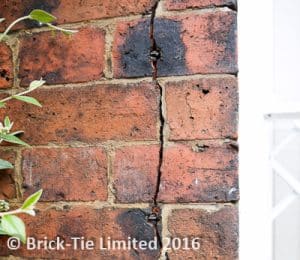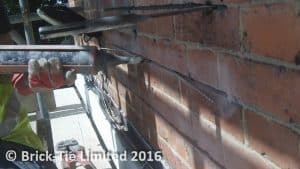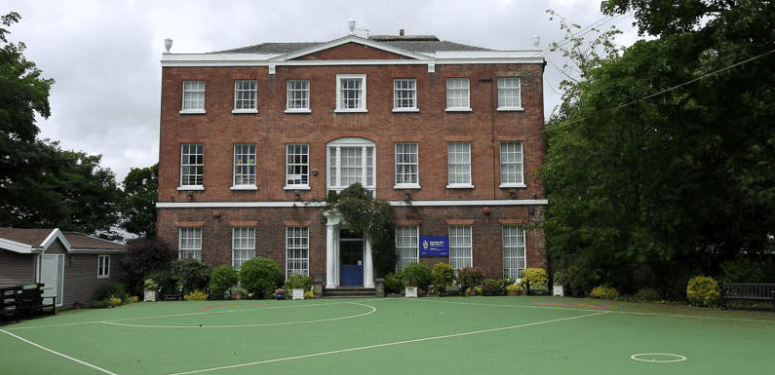Historic structural repairs to Listed School in Wakefield

Our team were called to Queen Elizabeth’s school in the heart of Wakefield after cracking was found in the façade.
The school is a former grand house, built for a local barrister in 1802-5. Grade 2 listed in 1971. We identified a number of cracks caused by a combination of minor settlement and some expansion of previously installed metal fixings. The fixings had corroded over the decades, expanding and eventually splitting bricks and bed-joints too.
This is important historical fabric, in use today and servicing a wide community. All options were considered and many rejected. Our motivation in this case started with the policy of ‘minimum intervention’. The cracks were unsightly and were also allowing some rainwater ingress. This would only worsen the damage if left alone. This is a busy school with young children coming and going daily and the façade overlooks a playground. Something had to be done, but what?
Getting the balance right.

Consultations were made. Historic structural repairs cannot be rushed. With listed buildings like this, it’s always crucial to get the balance, between the repair and fabric absolutely right. It was decided to carry out the repairs, leaving the original cracked bricks in place. Replacing them, with new ‘matched’ or recycled items would have disposed of historical content. Repairing a building sympathetically leaves the ‘story’ of the structure in place for future generations. However, cracks tend to worsen if not filled, as a natural form of ratchetting takes place. Penetrating damp is pervasive and can lead to more structural damage and even Dry Rot.
First, we carefully extracted the rusting fixings without damaging the masonry. Then the stepped and vertical cracks were crack-stitched using Helifix Helibars in Helibond cementitious grout. The grout was recessed to make way for subsequent lime based over-pointing. A specially small diameter Helibar was used, providing sufficient tensile strength, whilst being accommodated in the tight bed-joints.
Once the masonry was strengthened we got to work restoring the appearance and condition of the bricks. This involved careful application of a colour matched plastic stone repair mortar. The mortar is designed to be robust enough to ensure no more rainwater penetrated, whilst being softer than the bricks. This strength differential is important. Hard repair material tends to crack-away from soft fabric, especially during curing. The slow hardening of the plastic stone repair materials, combined with low ultimate strength makes for a good bond and long lasting repair. The repairs to the bricks are designed to be sacrificial to the substrate, which must be preserved

The opposite is the case for the Helibars. These are high grade stainless steel in Helibond polymer modified grout. They are reasonably inert, but once any tensile stresses come to bear, the steel will stop any cracks developing again. These are ‘stress free’ repairs, done with care and with a sympathetic approach to this grand old building.
The system offers support, with some flexibility. We’ve been approved Helifix contractors for over 20 years so we’ve achieved a great deal in that time. Our staff have attended many ‘Lime days’ and we have close contacts in the conservation sector. This, combines with our long structural repair experience. No surprise then, that Brick-Tie are the first to call in Yorkshire, for historic structural repairs : Leeds 265 2752 York 566577 or Sheffield 224 5121 or email us via our contact page

